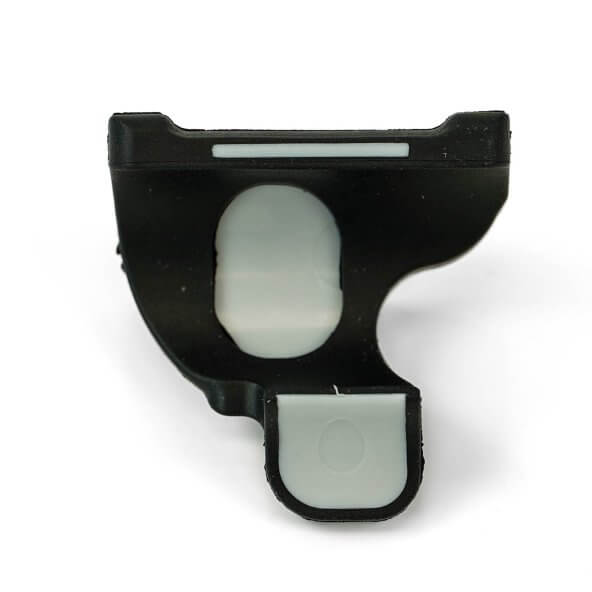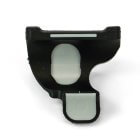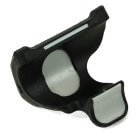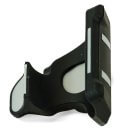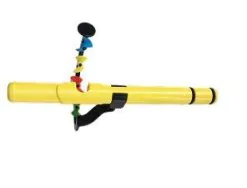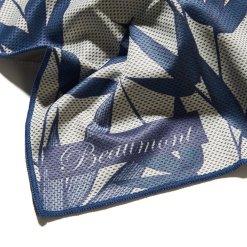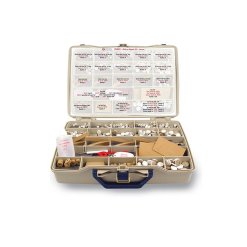This website uses cookies to improve your experience. We'll assume you're ok with this, but you can opt-out if you wish. Learn More
Fingerport Left Hand Rest
$19.95
The flute has a circular tube. It is the source of instability. Try to lay a pipe on the floor and see how easily it rolls with any external force… The Fingerport is very simple – it provides a large flat surface for the left index finger to support the flute.
In Stock
The flute has a circular tube. It is the source of instability. Try to lay a pipe on the floor and see how easily it rolls with any external force… The Fingerport is very simple – it provides a large flat surface for the left index finger to support the flute.
Fingerport-Theory Behind Holding/Balancing the Flute
The Fingerport allows greater balance in holding the flute. It is comprised of a C-shaped shell and a thumb-like extension. The Fingerport helps the player to place the index finger at an efficient spot and provides additional support.
Analysis
Mechanically, there are 3 factors associated with balancing a flute:
1. the mass (weight) of the flute,
2. horizontal rotation,
3. axial rotation.
The gravity center of a flute is located slightly to the right of the left index finger (see letter G in Illustration 1 below). When the knuckle of the left index finger takes up most of the weight of a flute at number 2, the small remaining weight is often assumed by the right thumb.
When playing a flute, the player pushes the embouchure plate against the chin (Ill. 1, number 1). With the left index finger both supporting and pushing, the flute might rotate clockwise without a counter force from the right hand.
Illustration 1 
Additionally, the uneven weight of the flute mechanism contributes to another rolling tendency. This can be seen in Ill. 2. The flute rolls backwards toward the player.
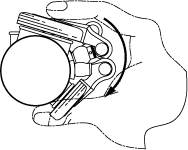
You may also like…
SKU: BFS2525
